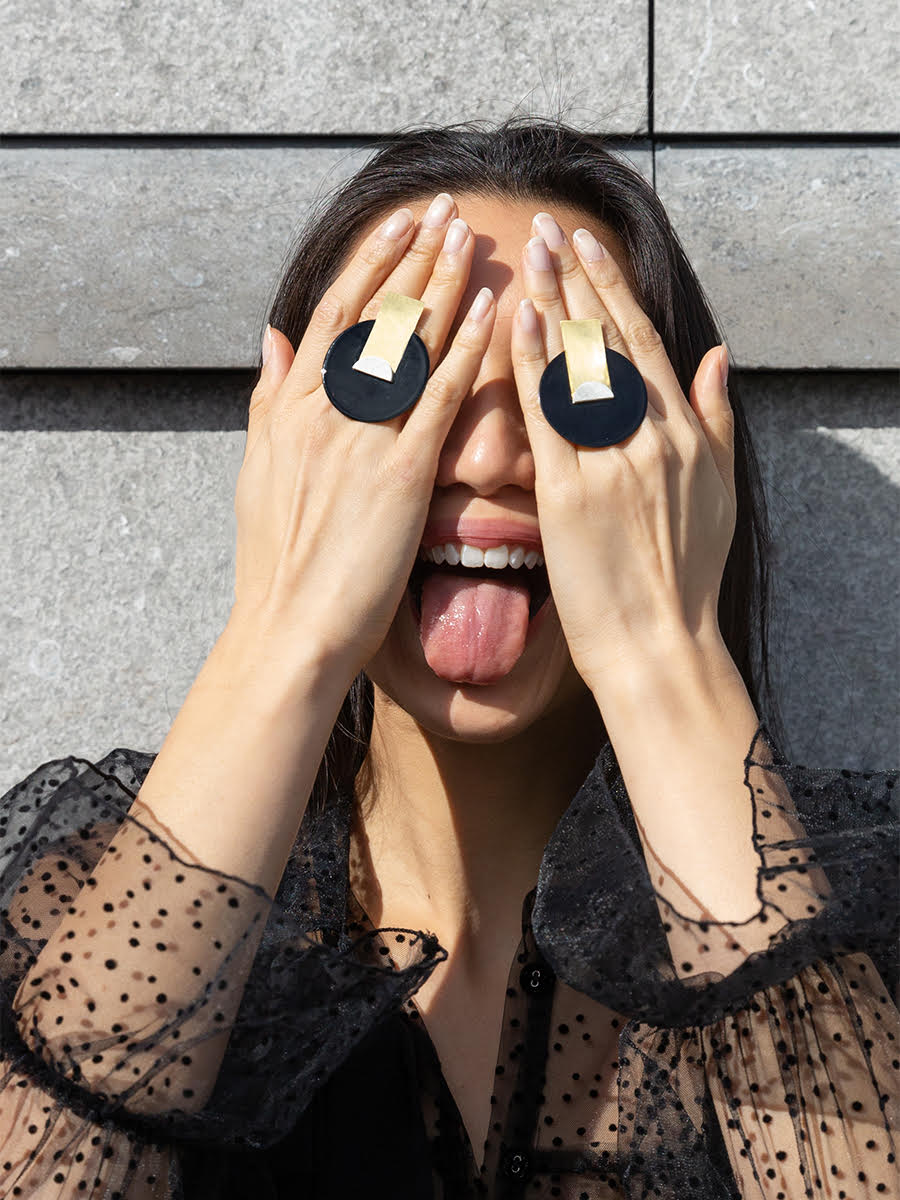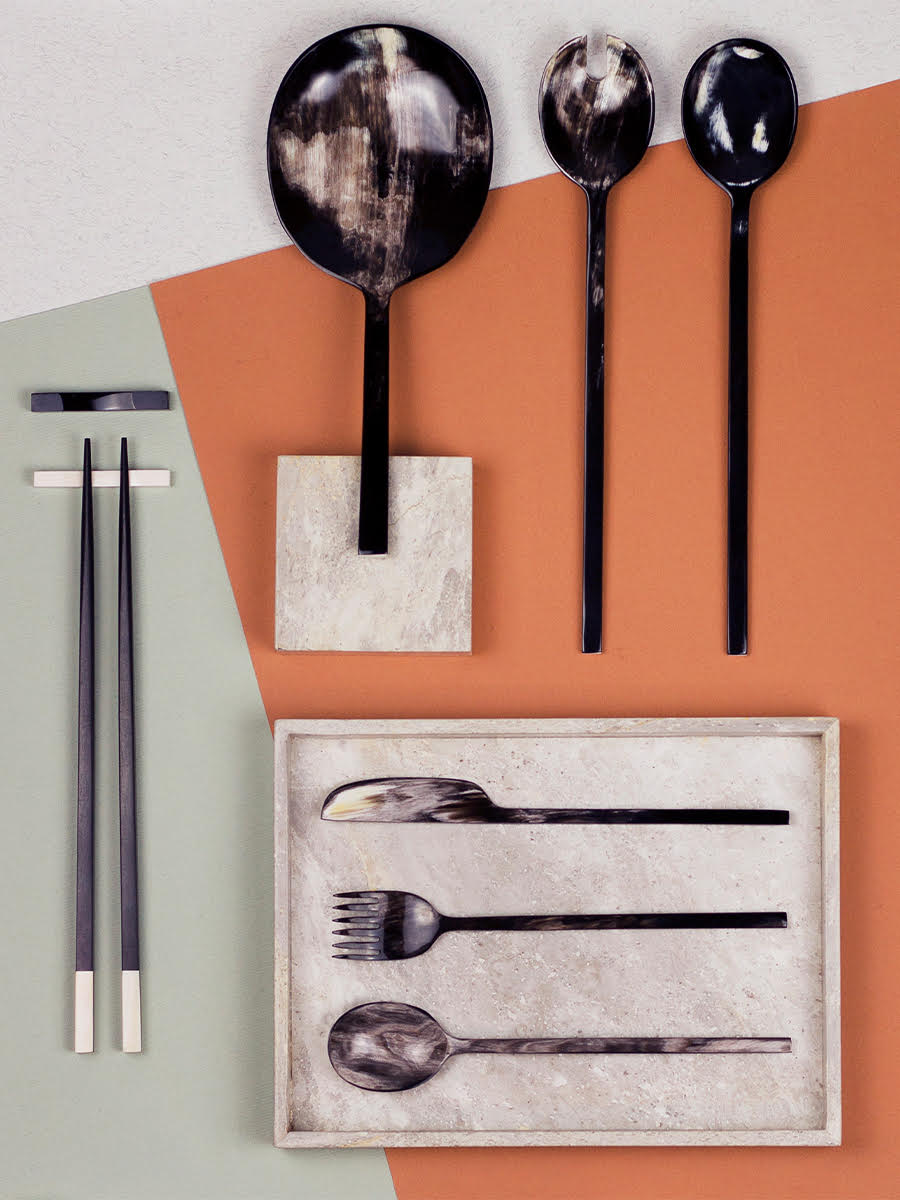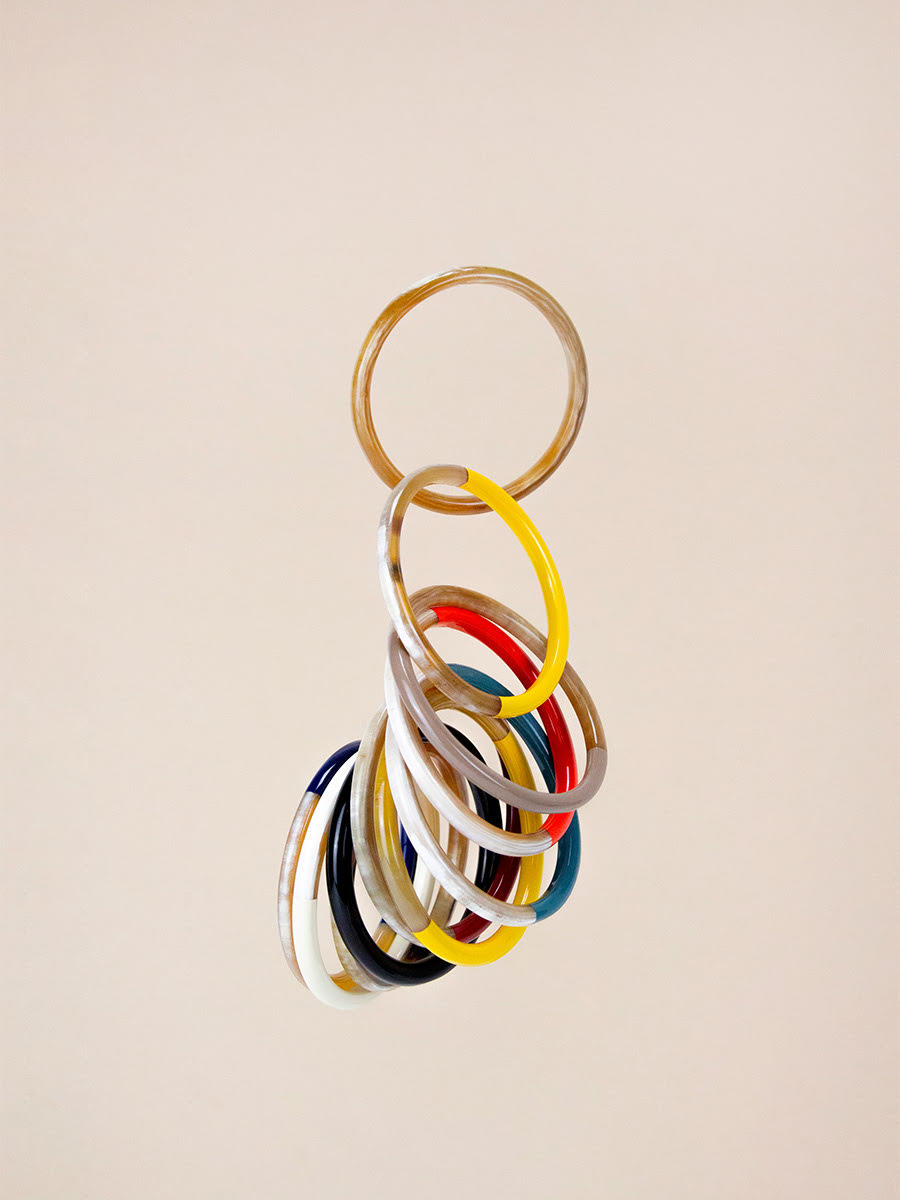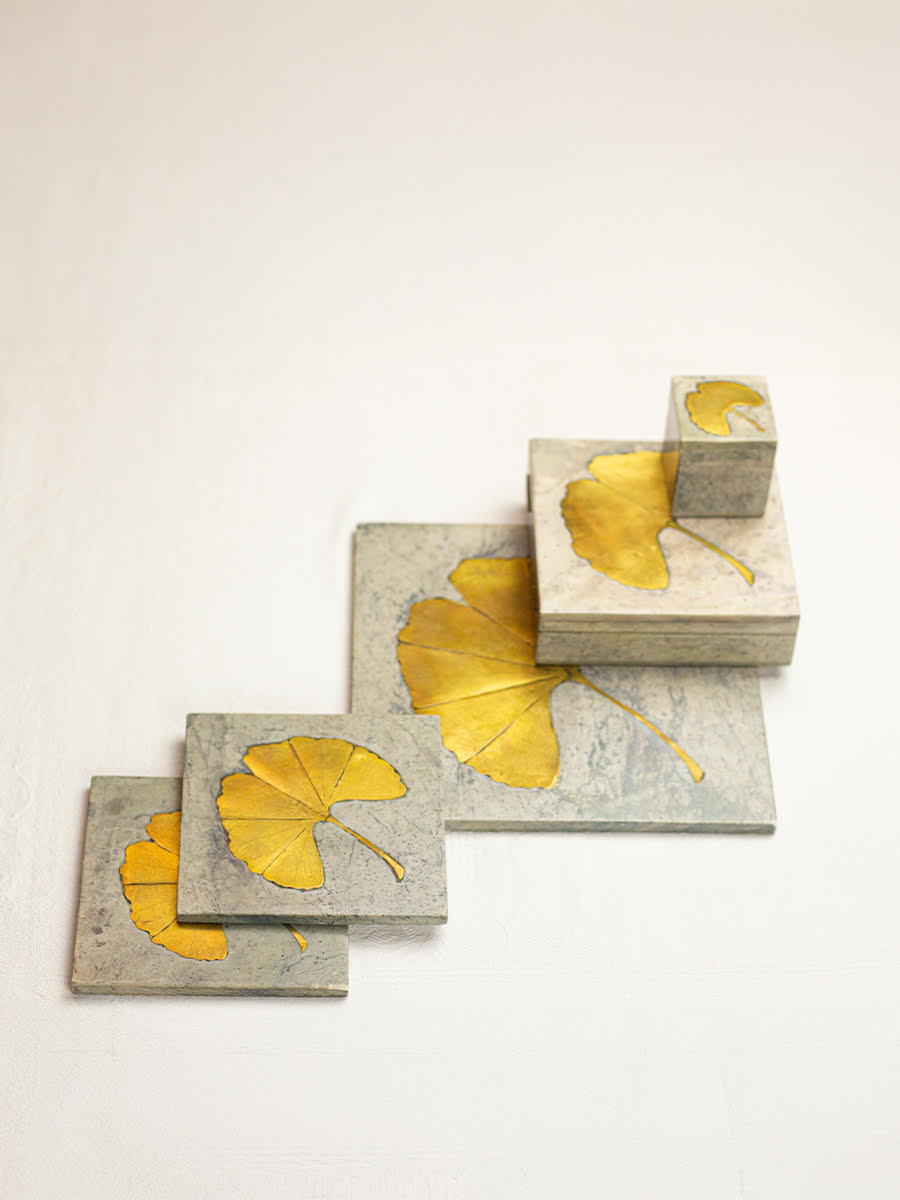THE ARTISANS
Ever since the beginning, l’Indochineur has always worked directly with the artisans, forging lasting relationships with them, with the aim of mutual growth and development. When selecting our craftsmen and women, we put the emphasis on know-how and quality of execution. Most of them are based in the North of Vietnam, in and around Hanoi, although we also have a few partners in the South of the country
In Vietnam, the know-how and skills specific to each type of craftsmanship are passed on from generation to generation within families and villages. This means that when it comes to making our products, which rely on a variety of skill-sets (work with horn, stone, and lacquerware), we often need a series of different artisans to work on one and the same item.
We work very closely with our partner artisans. We try to help them organize better, establish production monitoring processes, and implement digital tools to facilitate communication. Finally, when necessary, we help them to finance their raw materials by paying them advances.
OUR MATERIALS
L’Indochineur favors materials such as horn, stone and lacquer because of their natural beauty and the unique look that they bring to each item. Working these materials demands patience, precision and great dexterity.
The horn that we use is derived exclusively from the horns of domesticated animals, that we have recovered and put to use.
Here are some of the materials that have become emblematic of our collections
African zebu's blond horn
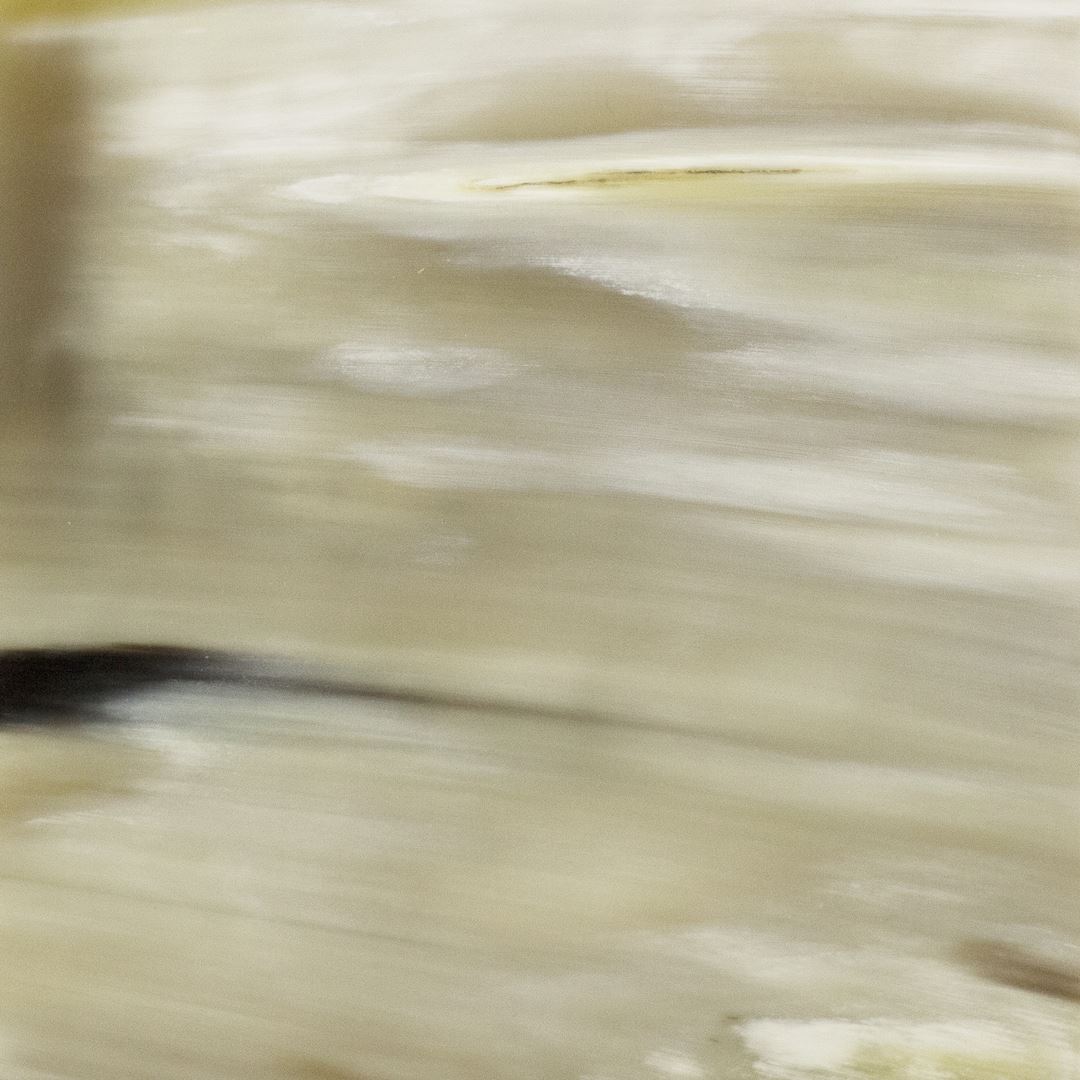
The horn of the African zebu (Bos Taurus) has a marbled blond and black tone. It is by carefully selecting the right horns that the artisan obtains this rich blond hue, so instantly recognizable.
African zebu's black horn
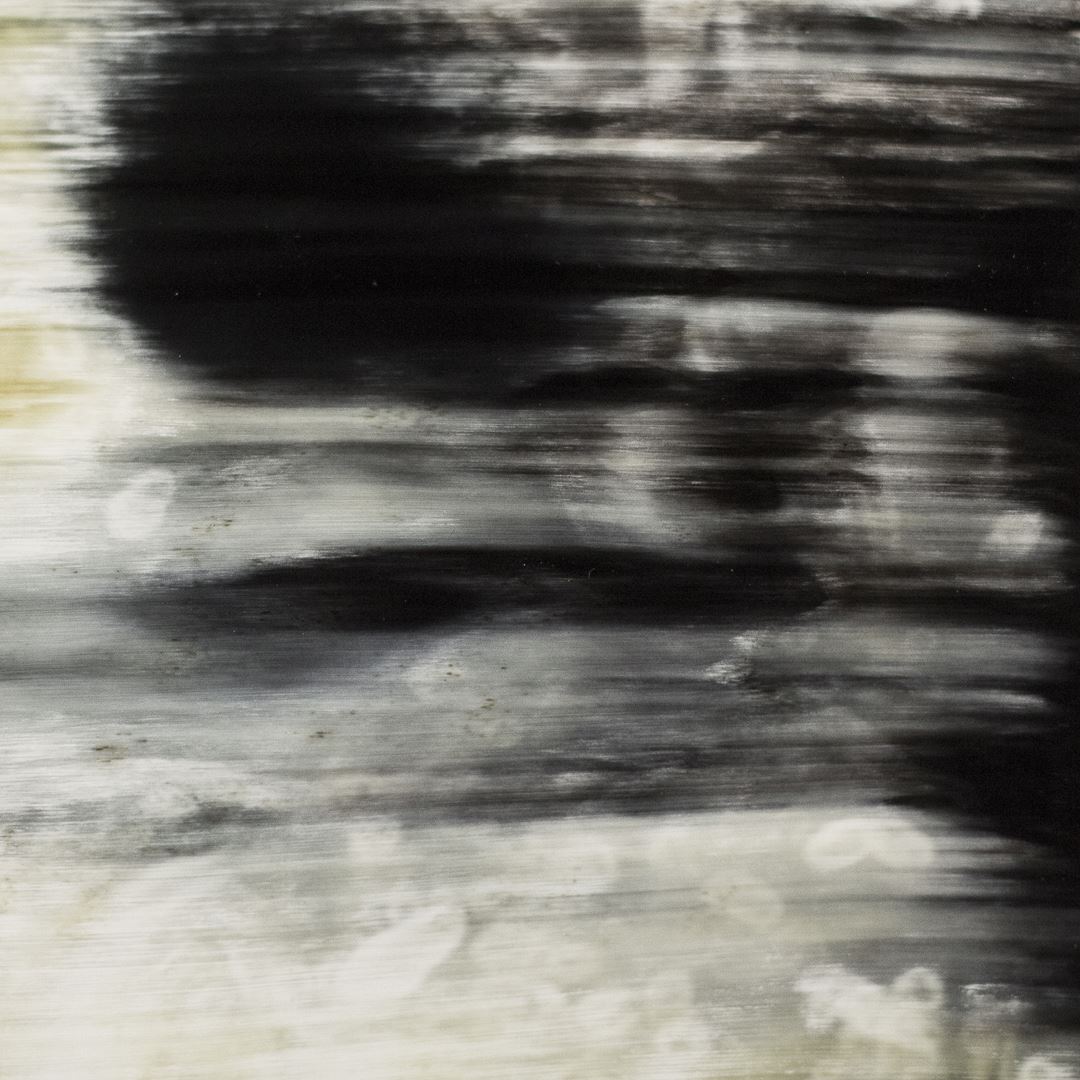
Like the blond version, black horn comes from the African zebu (Bos Taurus). It is therefore marbled with blond. The artisans select the horns that will enable them to obtain the desired color.
Vietnamese buffalo's black horn
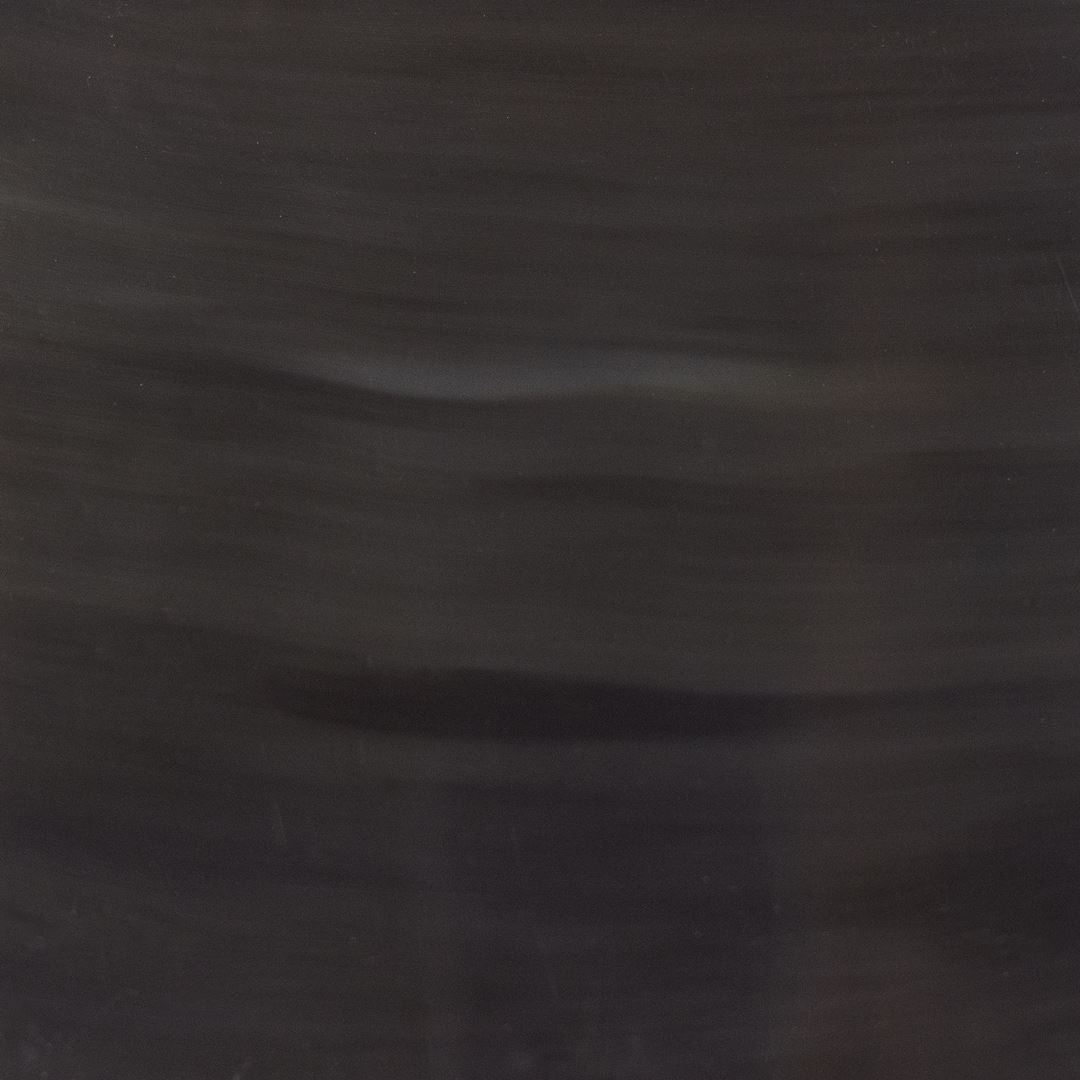
Unlike zebu horn, the horn of the Vietnamese buffalo (Bubalus bubalis) is completely black.
Lacquer

The use of lacquer has been an emblematic part of Asian craftsmanship since time immemorial. Traditionally, the lacquer originated from the sap of the lacquer tree (known as Cây Son in Vietnamese); numerous applications were required in order to make an item, along with months of drying, and only a limited range of colors could be produced. Today, the artisans specializing in this craft use an artificial lacquer.
Brass
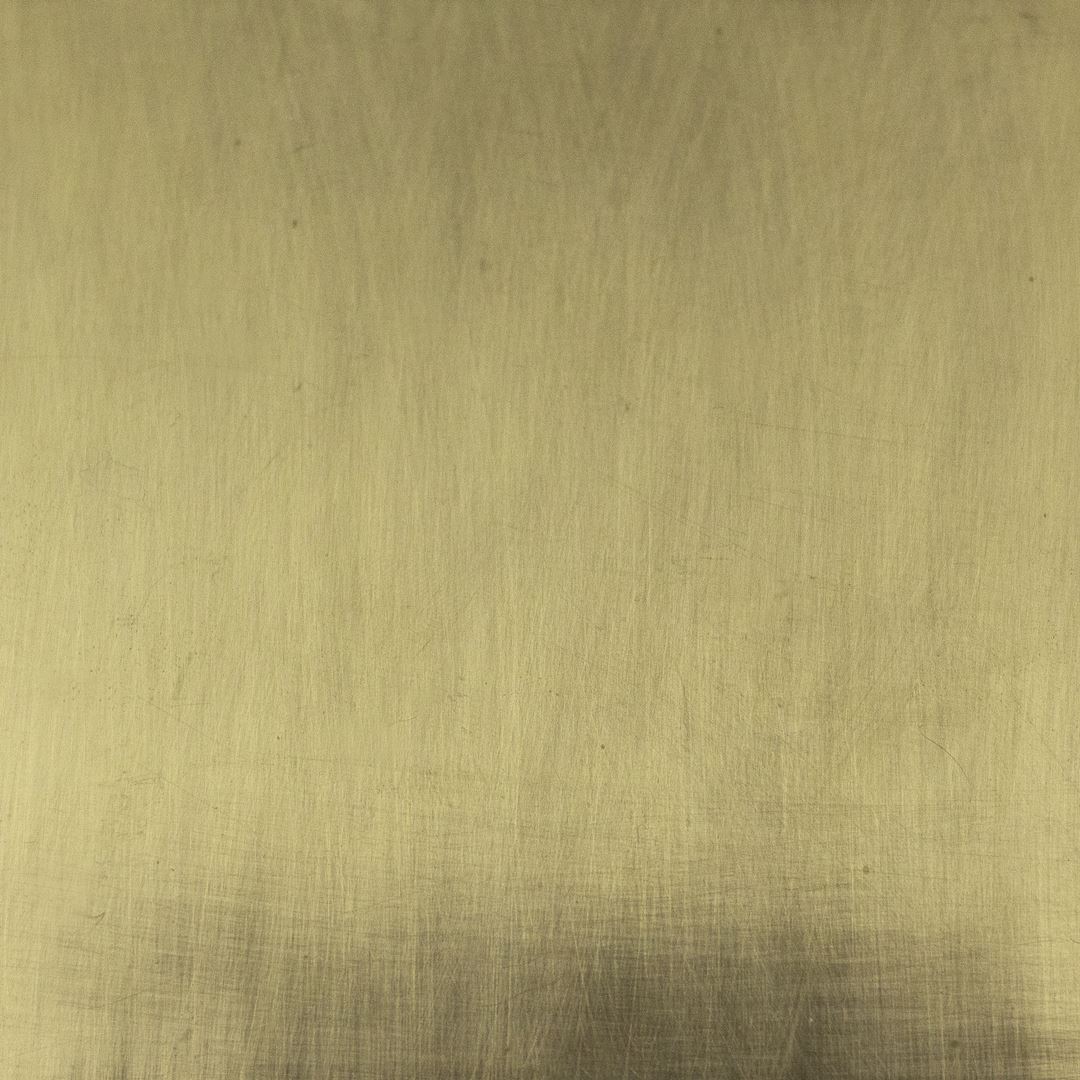
Brass is an alloy of different metals. Ductile and malleable, it is primarily composed of copper and zinc. It is the most widespread of all the copper alloys. The production of brass dates right back to the metalworkers of antiquity, who created it using a simple method involving minerals.
Stone
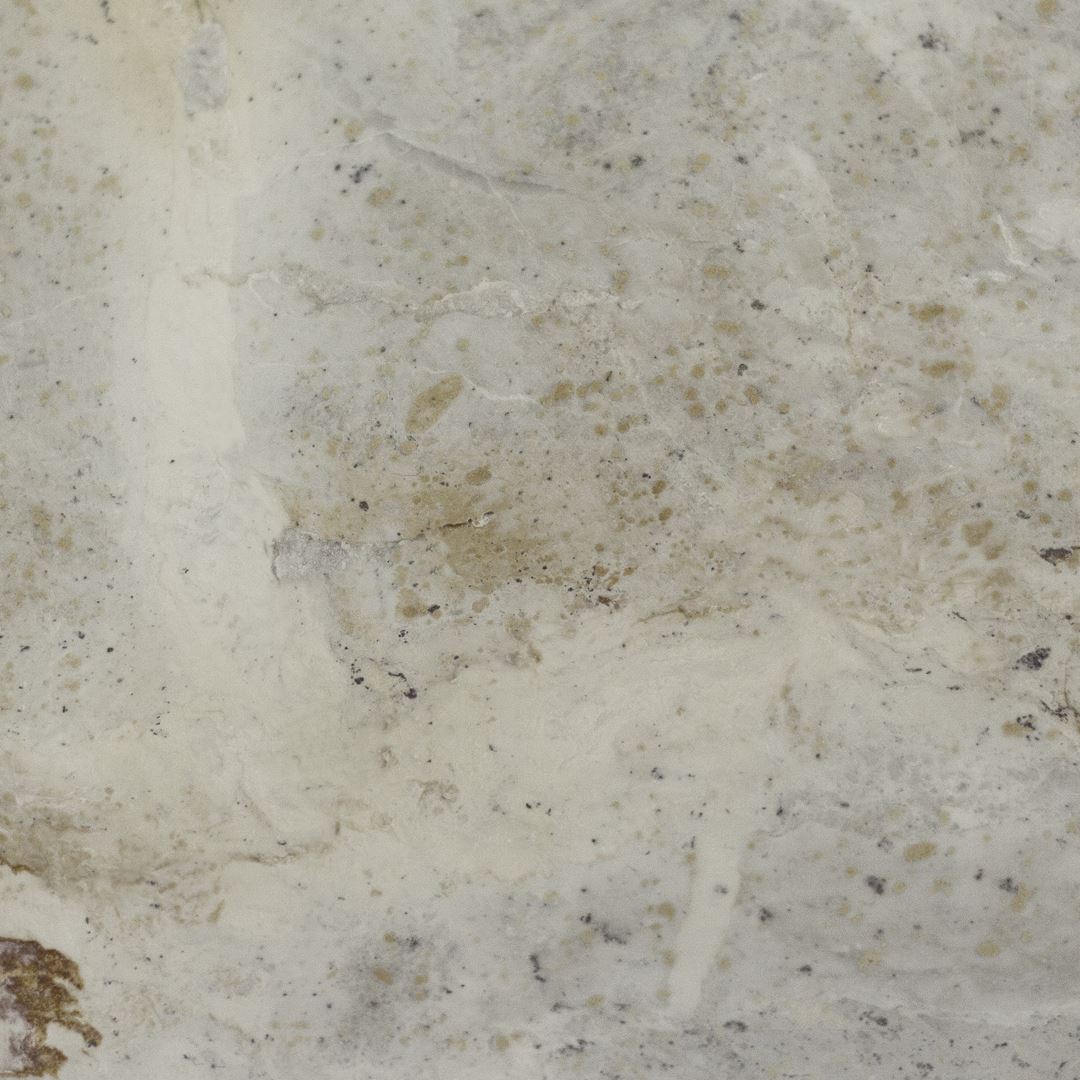
Commonly known as ‘soapstone’ or ‘soaprock’, steatite is composed mainly of the mineral talc. Though gray hues dominate, the naturally occurring stone is occasionally nuanced with blue, pink, copper or white tones. The polishing and sculpting of this stone bring out its distinctive look and reveal its satin-like lustre.
Bone of the Vietnamese buffalo
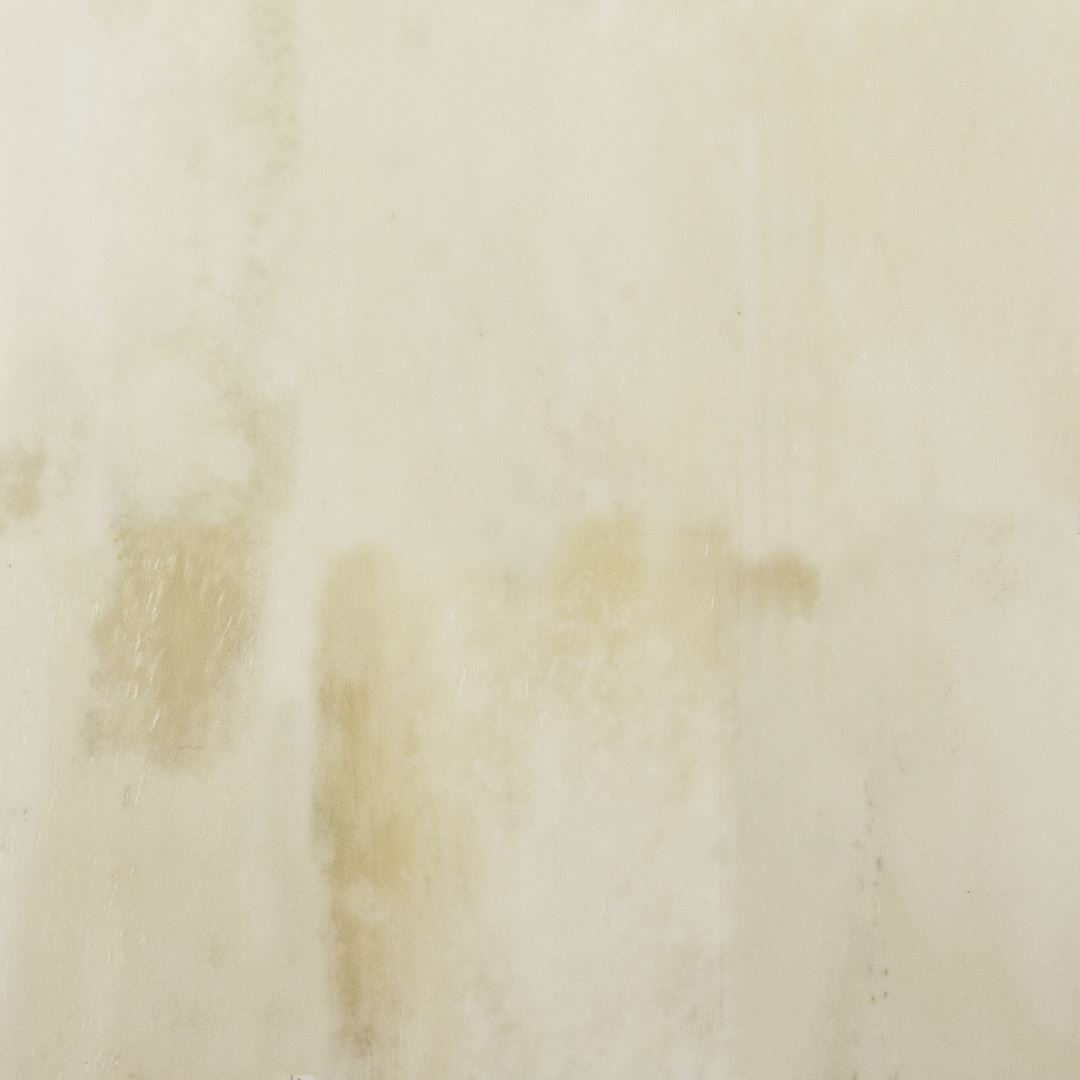
Asian artisans have been sculpting bone and magnifying this material since time immemorial. The elegance and striking whiteness of the bone enables them to create items - rings, bracelets, chopstick rests - with a refinement all of their own.
Hoof of the Vietnamese buffalo
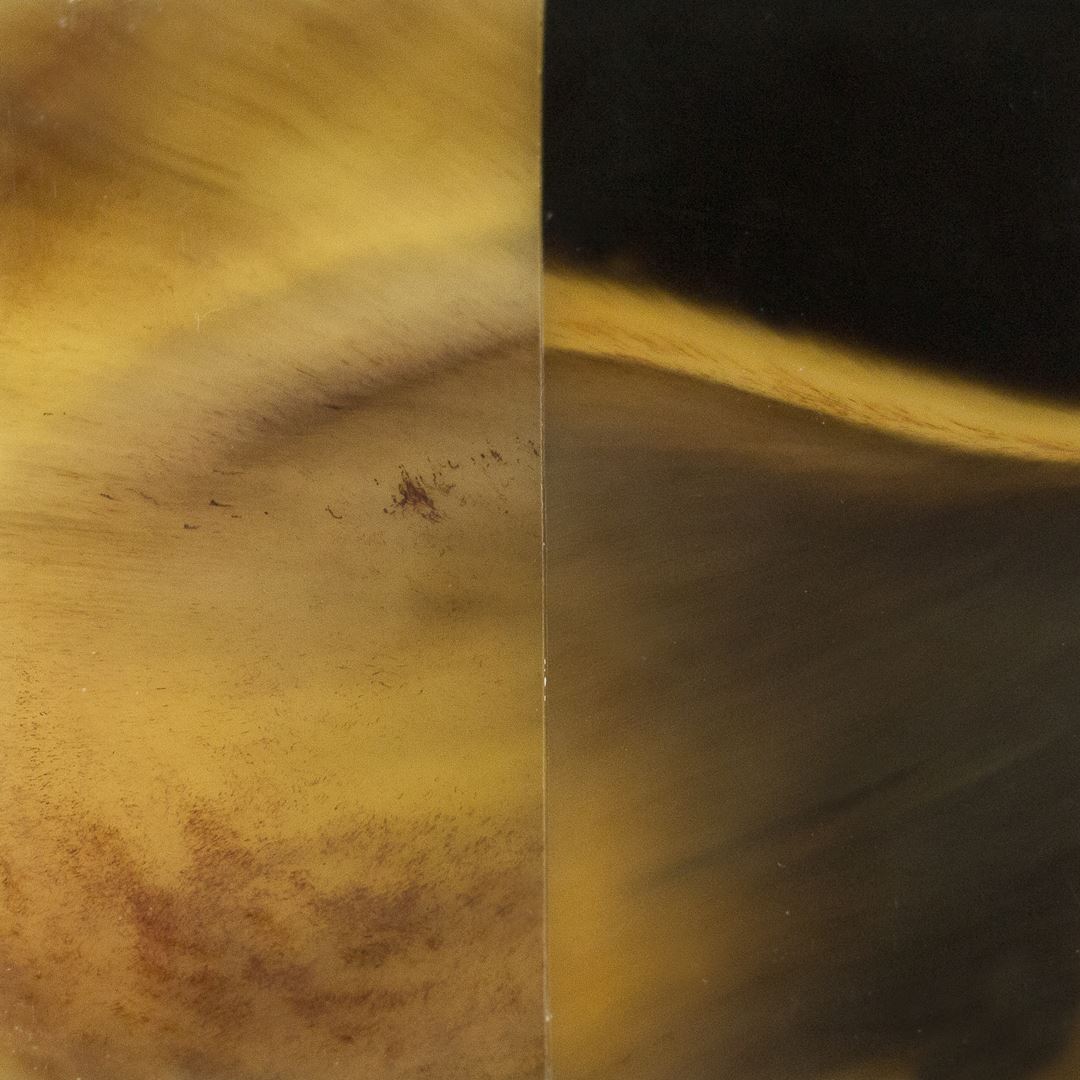
Characterized by a light and translucent vein that marbles the deep brown color of its surface, buffalo hoof is a luminous material.

